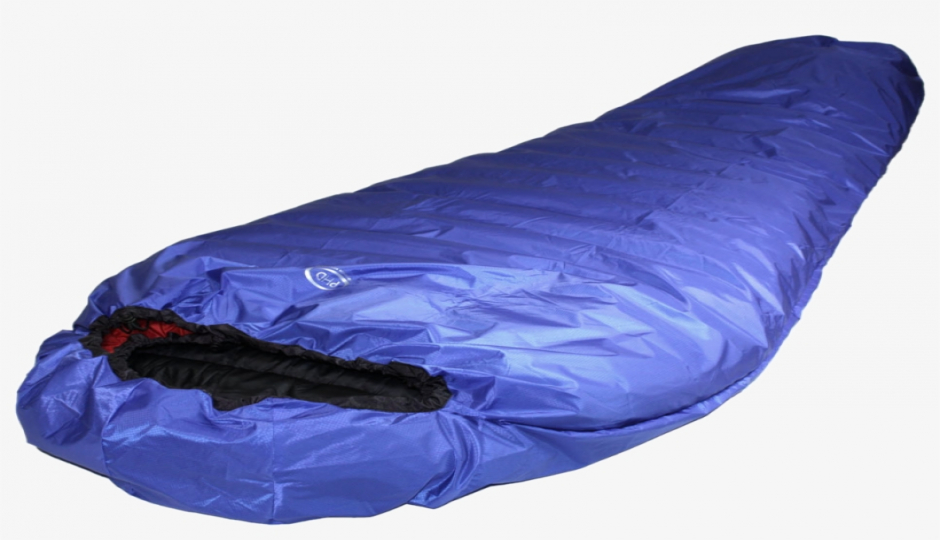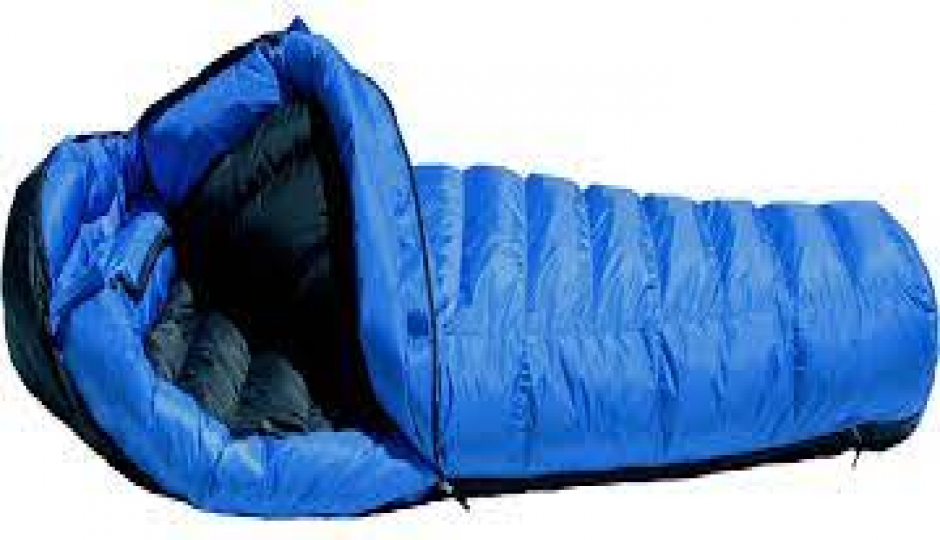Choosing the Perfect Sleeping Bag for Your Kilimanjaro Climb








Climbing Mount Kilimanjaro is a dream for many adventurers. Standing at 19,341 feet (5,895 meters) above sea level, Kilimanjaro offers a breathtaking journey through various climatic zones and presents both physical and mental challenges. To conquer this iconic peak, you need not only the right mindset and physical fitness but also the right gear, including a suitable sleeping bag.
Kilimanjaro's diverse climate, altitudes, and seasonal variations make selecting the perfect sleeping bag a critical decision. In this comprehensive guide, we'll explore the factors to consider when choosing the best sleeping bag for your Kilimanjaro climb.
Understanding Kilimanjaro's Climate
Before delving into the specifics of sleeping bags, it's crucial to understand the unique climate you'll encounter on Kilimanjaro. The mountain's proximity to the equator results in varying climate zones as you ascend:
Tropical Zone (Base): Warm and humid.
Moorland Zone: Cooler and drier.
Alpine Desert Zone: Even colder and arid.
Arctic Zone (Summit): Extremely cold with freezing temperatures.
The climate also varies by season, with the dry season (June-October) being the most popular time for climbers. However, even during the dry season, temperatures can drop significantly at higher altitudes, making it essential to prepare for sub-zero conditions.
Choosing the Right Temperature Rating
The most critical factor when selecting a sleeping bag for Kilimanjaro is its temperature rating. Sleeping bags are categorized by the lowest temperature at which they can keep you warm. For Kilimanjaro, you generally have two options:
-15°F (-26°C) Sleeping Bag: This rating is suitable for most climbers during the dry season or the early part of the rainy season. It offers versatility and can be partially unzipped for ventilation if needed.
-30°F (-34°C) Sleeping Bag: Opt for this option if you plan to climb during the colder months or choose a more challenging route. It provides extra insulation and warmth for extremely cold conditions.
Your choice should align with your itinerary and personal cold tolerance. Keep in mind that it's better to have a slightly warmer sleeping bag and unzip it if necessary than to be too cold and uncomfortable.
Quality and Features Matter
Investing in a high-quality sleeping bag from a reputable outdoor gear brand is a smart decision. Look for these essential features:
Draft Collar: Prevents cold air from entering through the neck opening, keeping you warmer.
Hood: A well-insulated hood helps retain heat and can be cinched tight to keep your head warm.
Water-Resistant or Waterproof Shell: This feature is essential to protect you from moisture and condensation inside the tent.
Shape: Mummy-shaped sleeping bags are efficient in retaining heat and are suitable for cold conditions.
Weight: Balance warmth and weight, as you'll need to carry your gear. Lighter options are better for porters but don't compromise too much on warmth.
Layering for Comfort and Warmth
Regardless of your sleeping bag's rating, proper layering inside the bag is crucial. Wear thermal base layers, warm socks, and a hat to regulate your temperature. Consider using a sleeping bag liner for additional warmth.
Consult with Your Tour Operator
If you're booking your Kilimanjaro climb through a tour operator, consult with them for specific gear recommendations. They may have insights based on the current weather conditions and your chosen route.
Choosing the best sleeping bag for your Kilimanjaro climb is a crucial decision that can significantly impact your comfort and safety. It's essential to consider the temperature rating, quality, and features of the sleeping bag, as well as the unique climate and altitude challenges of Kilimanjaro.
Remember that while the sleeping bag is vital, it's just one part of your overall gear setup. Properly insulating yourself from the ground with a good sleeping pad and wearing appropriate clothing layers are equally important.
With the right sleeping bag and gear, you'll be well-prepared to embark on the adventure of a lifetime and conquer the roof of Africa. Kilimanjaro awaits, so make your gear choices wisely, and embrace the challenge with confidence!





To book your adventure, simply send us an email detailing your desired experience—whether it's climbing Mount Kilimanjaro, going on a Tanzania safari, or enjoying the Zanzibar beach.
We'll promptly respond with all the information you need to finalize your plans. Plus, we offer the convenience of online payment to make the process even smoother.
View PackagesDon't Miss Your Dream Safari! Get Expert Planning Tips & Exclusive Offers.